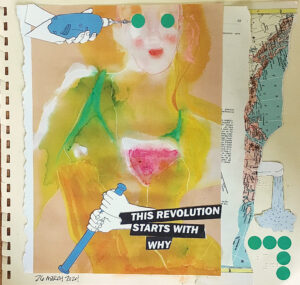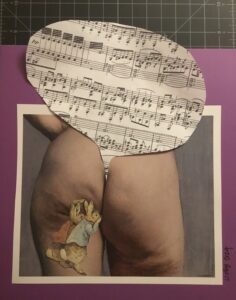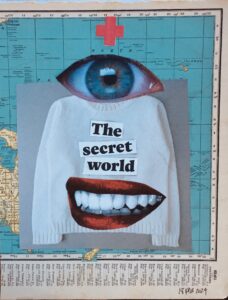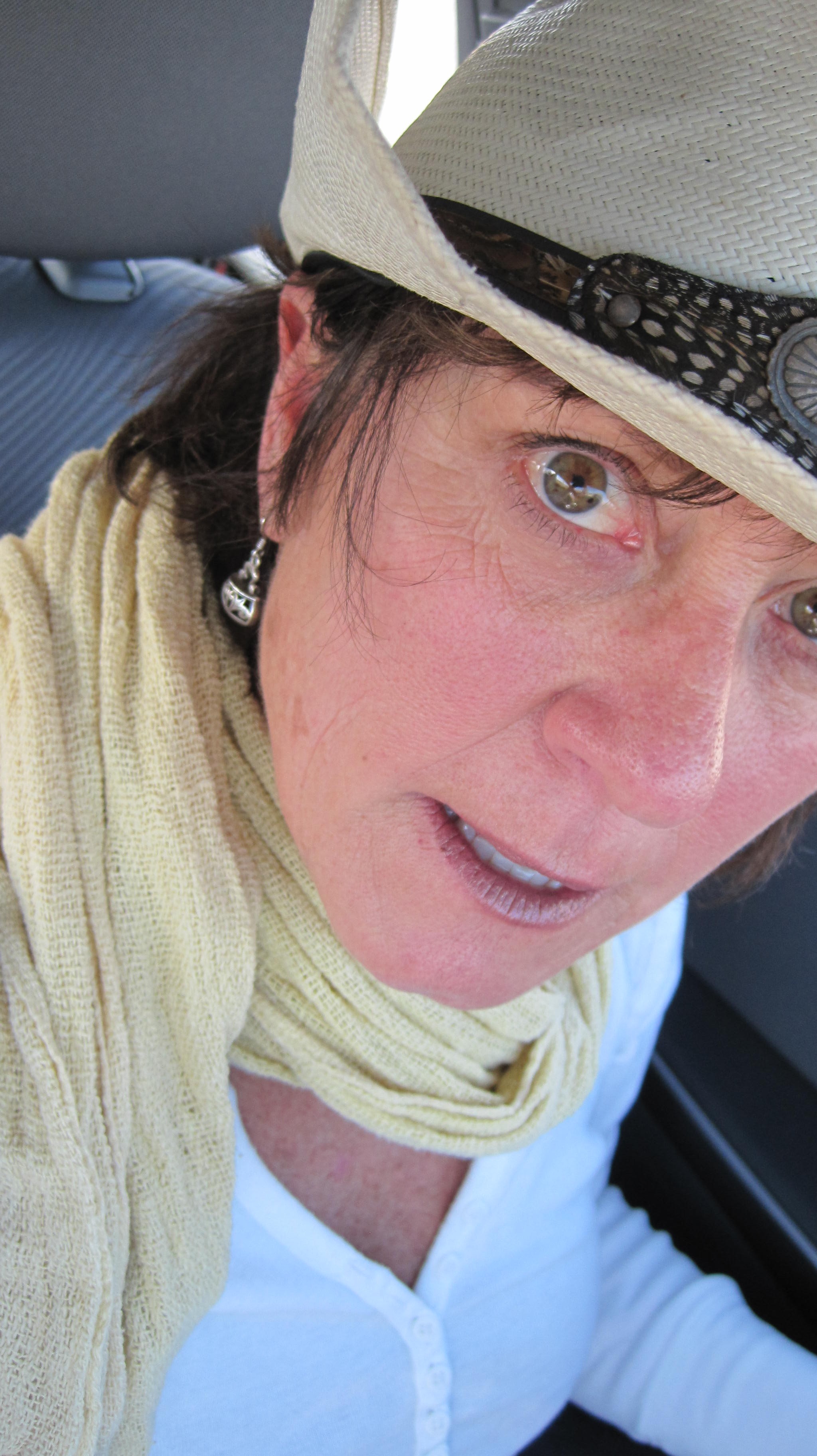 In mid-January, a post from something called Februllage appeared in my Instagram stream. The post was dominated by a calendar of February with a word for each day. Beside the calendar, a small B&W collage of a schoolgirl wearing a hand-drawn crown and hoisting a pair of scissors significantly larger than her head.
In mid-January, a post from something called Februllage appeared in my Instagram stream. The post was dominated by a calendar of February with a word for each day. Beside the calendar, a small B&W collage of a schoolgirl wearing a hand-drawn crown and hoisting a pair of scissors significantly larger than her head.
I clicked onto the post and read further.
A clumsy mashup of the words February and collage, Februllage began five years ago when the Edinburgh Collage Collective and the Scandinavian Collage Museum created an open-submission, month-long project. No cost. No entry form. No jury. Simply make a digital or analogue collage every day for the month of February using the calendar of word prompts as a creative springboard. Tag your work with #februllage, and post it onto Instagram.
I scanned the word prompt calendar printed in more than a dozen languages and saw concrete nouns, fuzzy emotional states, politically tinged terms and enough ambiguity to create wide pastures of possibility. From this year’s list: bubble, capitalism, escape, encounter, song, plaster, spill, curtain, wrong way. I thought about the shoeboxes of paper scraps I had saved over the years: brochures in foreign languages, vintage medical drawings, maps, flyers and posters from urban life. I’ve been decorating my journals over the years with paint sample strips, ticket stubs and candy wrappers. I am never far from a glue stick.
 I decided to commit. I imagined crafting collages might bring me a sweet trifecta of satisfaction: play, working with paper, and making art with my hands in a way that evokes the fragrant joy of childhood. What I found during my month of making was that I was not only in with my commitment to produce a collage a day, but I was in a vibrant, active, wildly imaginative global community of collage artists.
I decided to commit. I imagined crafting collages might bring me a sweet trifecta of satisfaction: play, working with paper, and making art with my hands in a way that evokes the fragrant joy of childhood. What I found during my month of making was that I was not only in with my commitment to produce a collage a day, but I was in a vibrant, active, wildly imaginative global community of collage artists.
Kolaj magazine, a Canadian quarterly that “surveys contemporary collage with an international perspective” calls Februllage a 21st manifestation of Surrealists’ parlor games from the 1920s. “If the internet is the house of the 21st century collage movement, then Instagram is its living room. It is the place where artists come together.”
The word collage is from the French coller, which means to stick together. Collage is both the process and the product. Though the practice of assembling fragments of paper to make art is believed to have originated in China when paper was first invented there around 200 B.C., the first example of Collage Art with a capital C A appeared in 1912 within Georges Braque’s Fruit Dish and Glass, where he glued imitation wood-grained wallpaper into his painting. Shortly thereafter, Pablo Picasso began to add newsprint to his paintings and glued rope around the perimeter of some of his canvases. Those two gave collage cred.
 Collage traffics in a DIY high/low culture sphere. Paper, cloth, paint, maps, books, matchboxes, found objects, refuse, magazine and newspaper clippings, samplings of other artworks and texts—the list of usable materials is limited only by imagination–are cut or torn, reassembled, and glued onto canvas or paper or any other field to create visually powerful fusions and juxtapositions. The form often has whiffs of political and social commentary, Dadaism, Surrealism, Absurdism and all the other isms that disturb the status quo and subvert the hoity toity patina that art sometimes sports to signal its importance.
Collage traffics in a DIY high/low culture sphere. Paper, cloth, paint, maps, books, matchboxes, found objects, refuse, magazine and newspaper clippings, samplings of other artworks and texts—the list of usable materials is limited only by imagination–are cut or torn, reassembled, and glued onto canvas or paper or any other field to create visually powerful fusions and juxtapositions. The form often has whiffs of political and social commentary, Dadaism, Surrealism, Absurdism and all the other isms that disturb the status quo and subvert the hoity toity patina that art sometimes sports to signal its importance.
Messy, accessible, and imperfect–and sublime for all those reasons. Collage is play, improv, randomness, surprise. It is also fierce concentration and focus. When I pulled out my scissors and covered my tabletop with paper chaos, time melted away. I was in a flow state. What I found was that something provocative, something meaningful can come from chaos; that destruction can inform creation and random juxtaposition guided by intuition can yield surprise unseen by my conscious mind.
By the end of February, I thanked the algorithmic voodoo that brought Februllage into my digital orbit. I made 24 collages that month. I didn’t like them all, but what I did like was submitting to the discipline of daily work with my hands: the cutting, the gluing, the arranging. I was soothed and engrossed and that state, I’ve come to know, is where I thrive.

